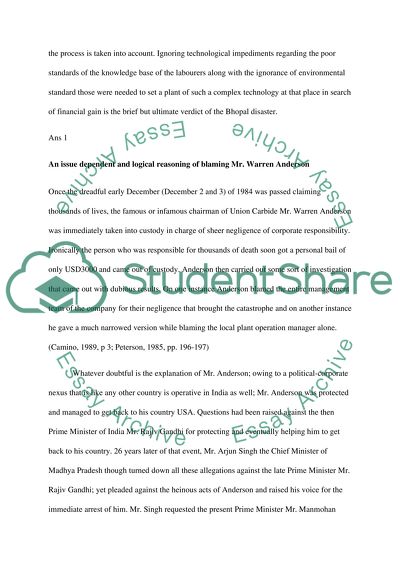Cite this document
(“Corporate Social Responsibility and Ethics-Case Study Essay”, n.d.)
Retrieved from https://studentshare.org/environmental-studies/1420758-corporate-social-responsibility-and-ethics-case
Retrieved from https://studentshare.org/environmental-studies/1420758-corporate-social-responsibility-and-ethics-case
(Corporate Social Responsibility and Ethics-Case Study Essay)
https://studentshare.org/environmental-studies/1420758-corporate-social-responsibility-and-ethics-case.
https://studentshare.org/environmental-studies/1420758-corporate-social-responsibility-and-ethics-case.
“Corporate Social Responsibility and Ethics-Case Study Essay”, n.d. https://studentshare.org/environmental-studies/1420758-corporate-social-responsibility-and-ethics-case.


